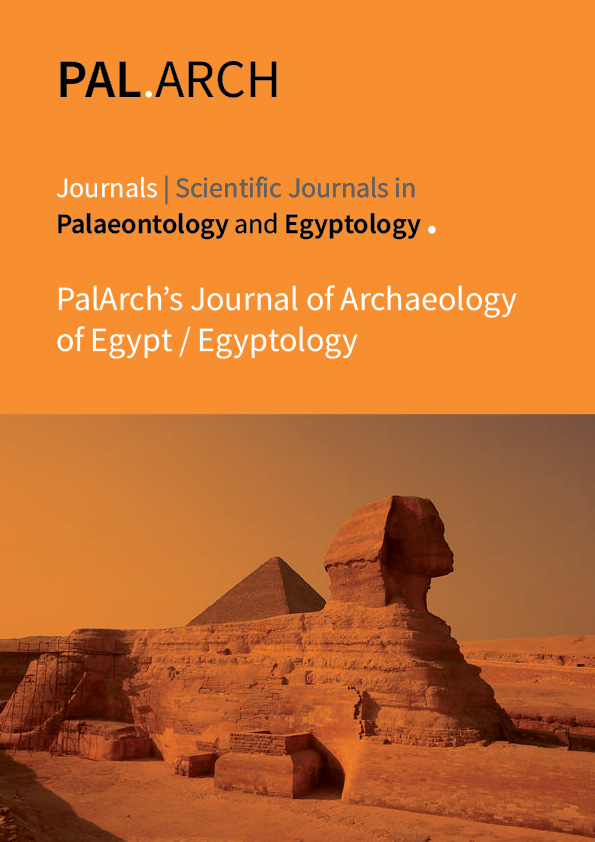THE INVISIBLE CHARACTER IN LORCA’S THEATRICAL TEXTS
Abstract
From one period to another, theater presents the achieved contents and ideas. Those contents
and ideas are in mutual influence with the human societies that are eager to prove existent
through their different arts. The art of theater is one of those arts. With its long activity, it has
produced many trends that affected the entirety of its elements, including the text,
manifestations, lighting, and other things. The most important characteristic of theatrical texts
is that it conveys the cultures of nations and people. It also conveys the ideas and viewpoints
of its writer. It can be considered one of the most vital and effective cultural means in
society. Perhaps, the Spanish writer (Federico García Lorca) has been able to portray these
relationships in wonderful and beautiful formulas. Through his numerous writings, he was
able to monitor reality according to his cultural, intellectual, social, and political references.
The present study includes four chapters. In chapter one, the methodological framework of
the research is presented, such as the research problem, which is represented by the following
question: How was the invisible character employed in Lorca’s theatrical texts? The
significance of the present study is evident as a cognitive achievement that benefits most
students in the field of theatrical literature by identifying the invisible character as An
important axis in the religions since the era of the Mesopotamian and Nile Valley
civilizations, the Indian and Chinese civilizations, and up to the Greek civilization. In
addition to that, it benefits specialists in the artistic field, especially the theatrical field. The
objectives of the present study are represented in trying to investigate the invisible character
among the philosophers and writers of the Greeks and Romans and existential thought. The
research is spatially located in Spain and temporally from (1919-1936). The present study is
limited to identifying the invisible character. Definitions of the most important terms
conclude chapter one. In chapter two, the theoretical framework is presented. It is divided
into three subsections. The first subsection is concerned with the invisible character in the
philosophical thought. The second subsection is about the Greeks and Romans invisible
character. The third subsection, the invisible character in the existential thought is tackled.
The chapter is concluded with the most important theoretical indicators. Chapter three deals
with the research tools, including the results of the theoretical framework indicators, criteria
for sample analysis, the research sample represented in one of Lorca's plays; (Beit Barna
Alba's Response), and the sample analysis.
Chapter four includes the results, conclusions, recommendations, and references.



